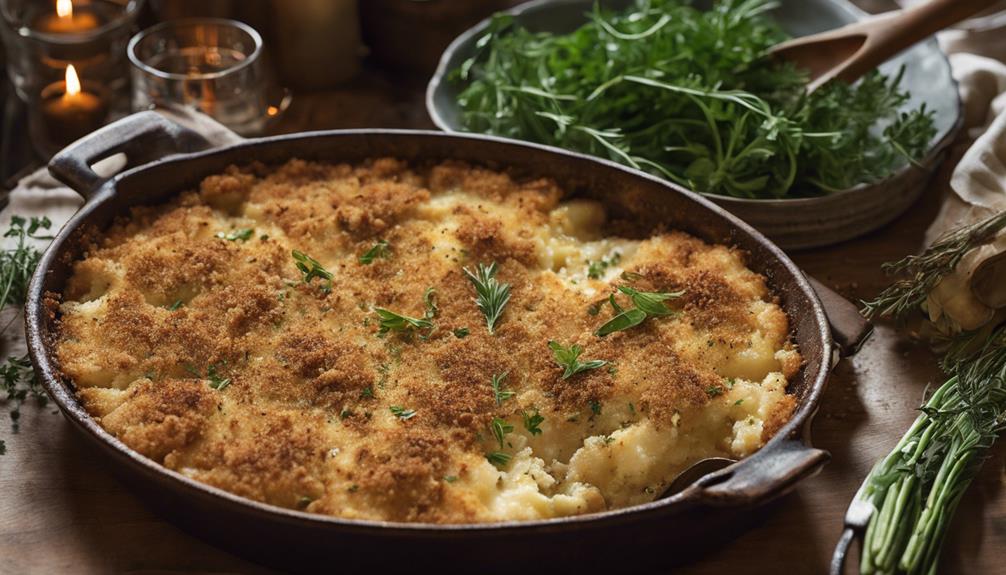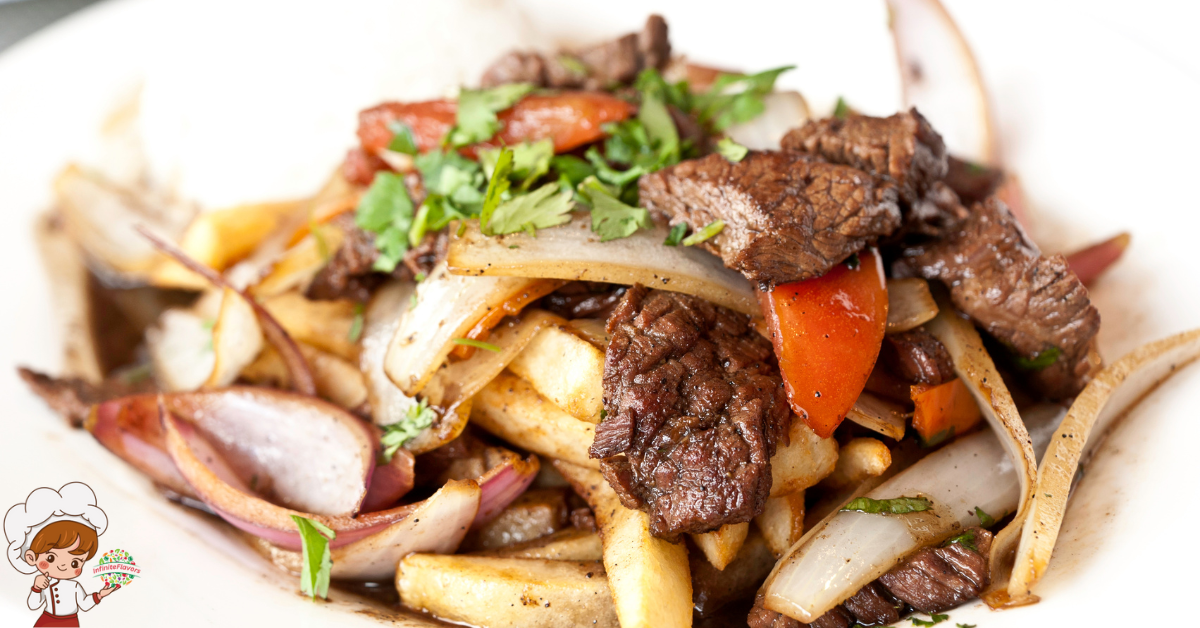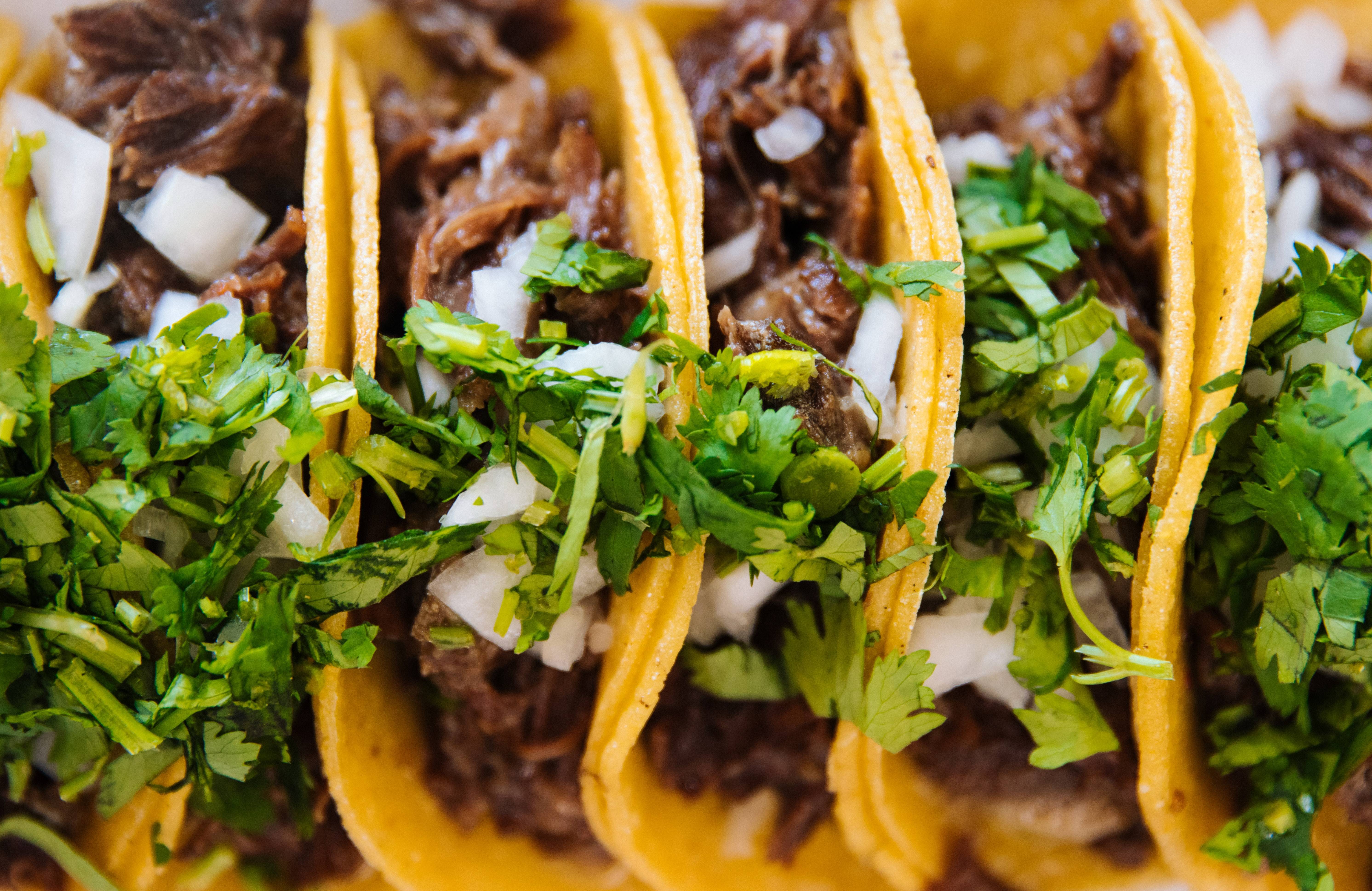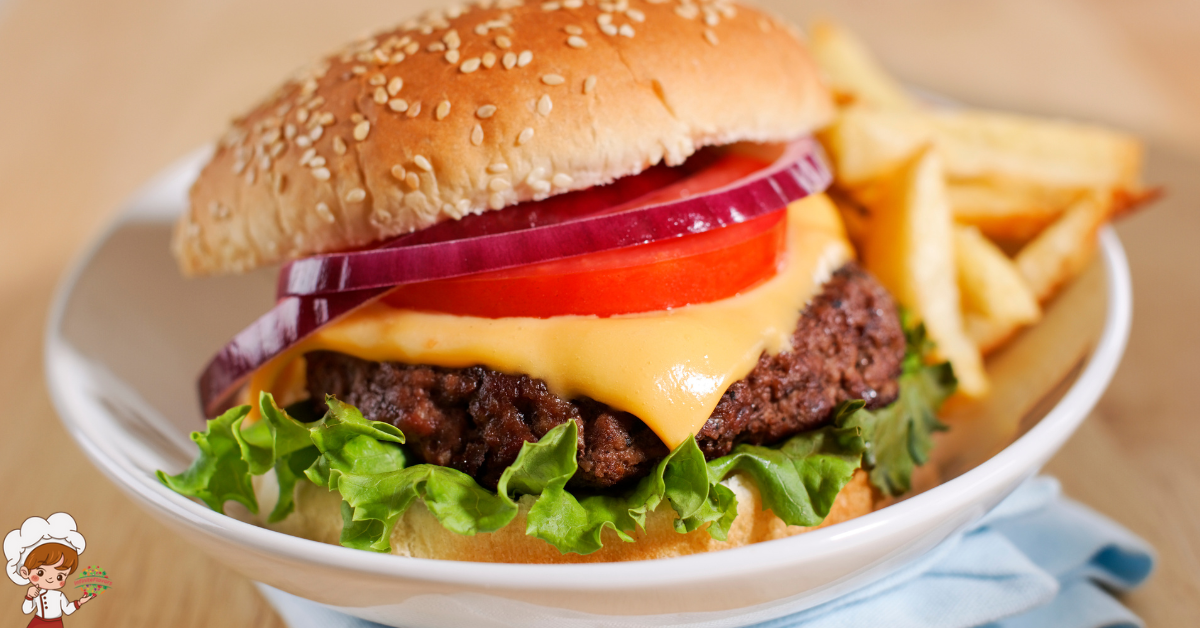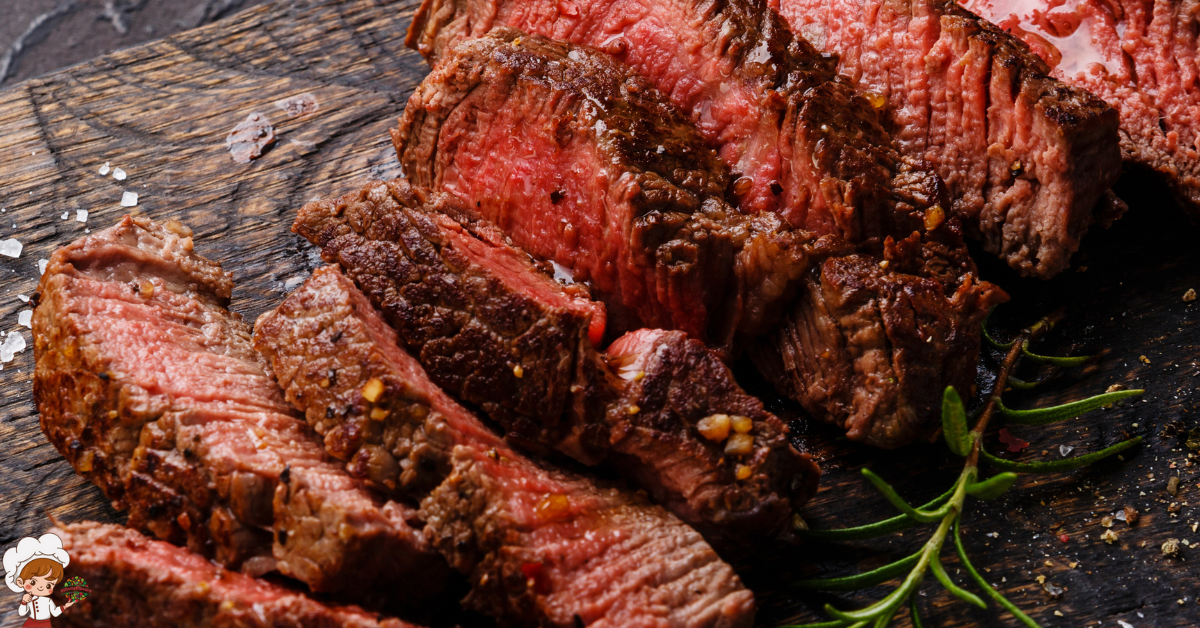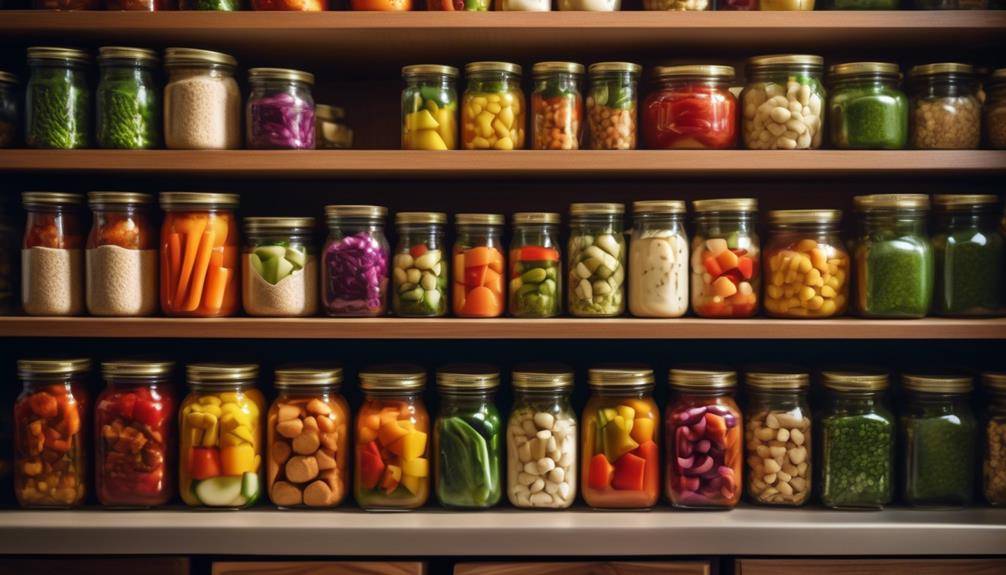The Best Rated Whisks For Home Use
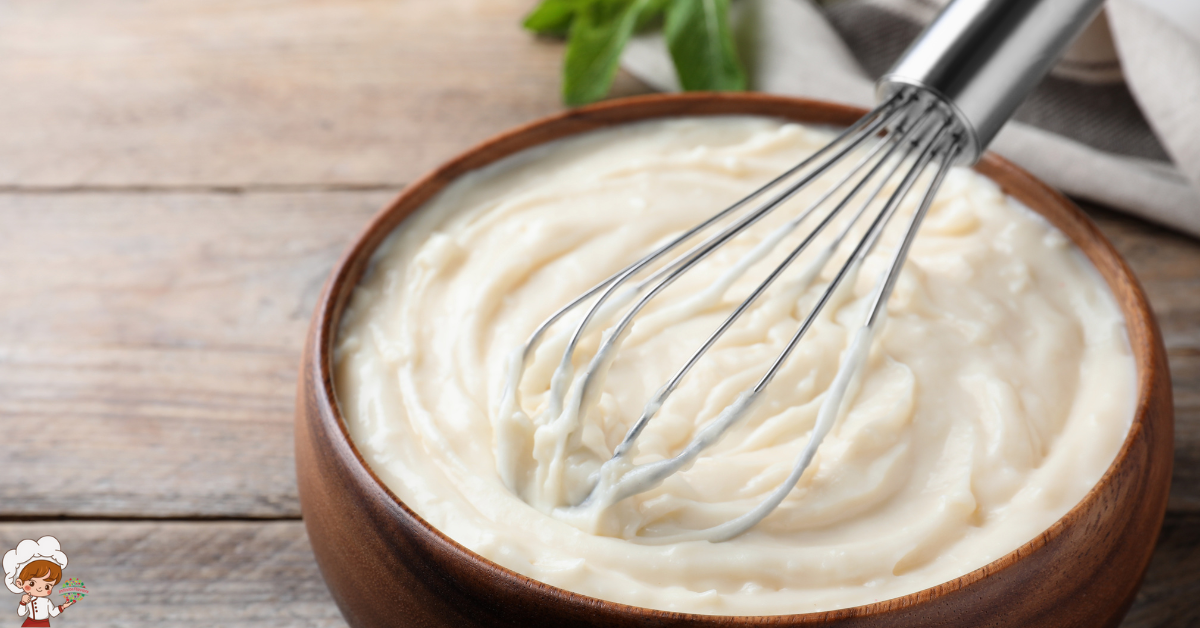
When you’re looking for The Best Rated Whisks For Home Use, consider options like the OXO balloon whisk for whipping, or the Kuhn Rikon flat whisk for sauces. Stainless steel and silicone materials offer durability and heat resistance, making them great choices. You’ll want to think about ergonomic designs for comfort, especially during longer cooking sessions. High ratings often come from user reviews highlighting performance and ease of use. With so many options out there, you can really find the perfect whisk for your needs. Stick around to discover even more insights on selecting the right whisk for your kitchen!
Importance of a Quality Whisk
A quality whisk is an essential tool in any kitchen, making your cooking and baking tasks easier and more efficient. Understanding the whisk’s history helps you appreciate its evolution, from the simple twigs used by ancient civilizations to the sophisticated designs we have today. Early whisk innovations were driven by the need for better mixing and aeration, vital for achieving the perfect texture in your dishes.
When you pick up a quality whisk, you’re not just choosing a tool; you’re opting for a piece of culinary history that reflects centuries of improvement. Modern whisks come in various materials, each offering unique benefits. Stainless steel, for example, is durable and resistant to rust, making it a reliable choice. Silicone-coated whisks protect non-stick cookware, ensuring you can whip up your favorite recipes without scratching surfaces.
Using a well-designed whisk enhances your ability to blend ingredients seamlessly. Whether you’re whipping cream, beating eggs, or mixing batter, a quality whisk allows you to incorporate air effectively, resulting in light and fluffy textures. Innovations like ergonomic handles and spring-loaded designs also improve comfort and control, so you can whisk with confidence.
Investing in a quality whisk means you’re investing in your culinary success. It elevates your cooking experience, ensuring your dishes not only taste great but are also a joy to prepare. So, when you’re ready to elevate your kitchen game, don’t underestimate the importance of a good whisk.
Types of Whisks Available
When it comes to choosing the right whisk, understanding the different types available can greatly enhance your cooking experience. Over the years, whisk innovations have transformed how we mix, whip, and aerate ingredients. You’ll find several types, each designed for specific tasks.
First up is the classic balloon whisk. Its wide, rounded shape and long wires make it perfect for whipping cream or egg whites, allowing maximum air incorporation. If you’re looking for something more robust, the flat whisk is your go-to for sauces and gravies. Its shape allows you to scrape the bottom of pans easily.
For those who love baking, consider the spiral whisk. It’s ideal for mixing thick batters and dough. Then there’s the silicone whisk, designed to be gentle on non-stick cookware while still offering effective mixing. If you’re into heavy-duty tasks, a stainless steel whisk might be your best bet, providing durability and strength.
Don’t overlook the Japanese-style whisk, known as a “chasen.” Made from bamboo, it’s perfect for whisking matcha and other delicate liquids. Each of these types stems from the rich whisk history, where simple tools evolved into specialized instruments that cater to various culinary needs.
Understanding these options helps you select the perfect whisk to suit your cooking style, ensuring that your culinary creations achieve the desired texture and consistency.
Key Features to Consider
Choosing the right whisk involves considering several key features that can impact your cooking efficiency and results. First, think about whisk ergonomics. A comfortable handle is vital, especially if you plan on whisking for extended periods. Look for a whisk that fits well in your hand and allows for a firm grip without slipping. A well-designed handle can reduce fatigue and make mixing easier, whether you’re whipping cream or beating eggs.
Next, consider the size and shape of the whisk. Different tasks may require different types of whisks. A balloon whisk is great for aerating mixtures, while a flat whisk is perfect for stirring sauces. Verify the whisk you choose aligns with your cooking style and the recipes you frequently make.
Whisk aesthetics also play a role in your selection. While functionality is key, a whisk that looks good can enhance your kitchen’s visual appeal. Stainless steel options often look sleek and modern, while colorful silicone whisks can add a pop of personality. Choose a style that complements your kitchen decor and makes you excited to cook.
Lastly, durability is essential. Opt for materials that can withstand regular use without bending or breaking. A high-quality whisk will serve you well for years to come, making it a worthwhile investment. By considering whisk ergonomics, size, aesthetics, and durability, you can find the perfect whisk to elevate your culinary experience.
Top-Rated Whisks for Home Use
When choosing a whisk for your kitchen, it’s important to reflect on the type that best suits your cooking style. You’ll also want to think about the materials available, as they can affect durability and performance. Finally, the size and versatility of a whisk can make a big difference in how efficiently you whip up your favorite recipes.
Types of Whisks
Whisks are essential tools in any kitchen, and understanding the different types can elevate your cooking experience. Each whisk type serves a specific purpose, rooted in whisk history that dates back to ancient times. The classic balloon whisk, with its wide, rounded shape, is perfect for whipping air into egg whites or cream, enhancing your whisk techniques for lighter textures.
For heavier mixtures, a flat whisk is your best bet; it’s designed to reach the edges of your pans, making it ideal for sauces and gravies. If you’re dealing with thicker batters, consider a French whisk, which combines the best features of both the balloon and flat designs, giving you versatility in your culinary tasks.
You might also find a silicone whisk handy, as it’s safe for non-stick cookware and won’t scratch surfaces. Finally, there’s the electric whisk, which can save you time and effort for those larger mixing jobs. By selecting the right whisk for your cooking needs, you’ll enhance your efficiency and improve the quality of your dishes. So, embrace these tools and explore the variety available to you!
Material Comparison
The material of your whisk can markedly impact its performance and durability in the kitchen. When choosing between options, stainless steel and silicone whisks are two of the top contenders. Stainless steel whisks are robust and can withstand high heat, making them perfect for whipping up hot sauces or meringues. They’re also dishwasher-safe, ensuring easy cleanup after a messy cooking session. If you’re looking for a whisk that’s versatile and long-lasting, a stainless steel option is a reliable choice.
On the other hand, silicone whisks bring their own set of advantages. They’re gentle on non-stick cookware, preventing scratches and damage. Silicone whisks are also heat-resistant, allowing you to use them in a variety of cooking scenarios without worrying about melting. Plus, they often come in fun colors, adding a pop of personality to your kitchen.
Both materials have their merits, so consider your cooking style and the types of dishes you frequently prepare. Whether you lean towards the durability of stainless steel or the flexibility of a silicone whisk, you’ll find a top-rated option that suits your needs perfectly.
Size and Versatility
Choosing the right size whisk can make a significant difference in your cooking experience, especially for home chefs who tackle a variety of tasks. Whisk sizes range from small, delicate ones perfect for beating eggs, to large, sturdy options designed for mixing batters or sauces. Each size serves a different purpose, so knowing when to use each can elevate your culinary skills.
Versatile designs are essential when selecting a whisk. A balloon whisk, for example, is excellent for incorporating air into mixtures, while a flat whisk works well for stirring sauces in shallow pans. You’ll find that having a few different whisk sizes on hand allows you to handle various tasks with ease, from whipping cream to blending ingredients in a bowl.
When shopping for whisks, consider how often you’ll use each size and its versatility in your cooking routine. A well-chosen whisk can become an indispensable tool in your kitchen, enhancing your efficiency and creativity. Remember, the right whisk size not only improves your technique but also makes cooking more enjoyable. So, invest in a set that meets your needs, and watch your culinary creations flourish!
Comparison of Popular Brands
When choosing a whisk, it is crucial to take into account the brand’s reputation and the materials they use. You’ll want to look at how well-known each brand is and if their products are made to last. Comparing these factors can help you find the best whisk for your kitchen.
Brand Reputation Analysis
Many top brands in the whisk market have earned their reputations through a combination of quality, durability, and customer satisfaction. As a home cook, you’ll likely notice that some brands consistently receive high ratings. These brands often build strong brand loyalty among their customers, which helps them stay ahead in a competitive market.
When you look at market trends, you’ll find that established brands like OXO, Kuhn Rikon, and Cuisipro remain at the forefront. They not only focus on crafting functional, reliable whisks but also pay attention to aesthetics and user experience. This strategic approach resonates with consumers who appreciate both performance and design.
Emerging brands may offer innovative features or unique styles, but they often struggle to compete with the legacy of well-known names. Your choice might depend on personal preferences or specific cooking needs, but it’s important to reflect on the brand’s history and reputation. In a landscape where customer reviews heavily influence purchasing decisions, opting for a brand with a proven track record can enhance your cooking experience. So, keep an eye on those brands that consistently deliver satisfaction and quality.
Material Quality Comparison
The materials used in making whisks considerably impact their performance and durability, which is a key consideration when evaluating top brands. Stainless steel whisks are popular for their strength and resistance to rust, ensuring long-lasting whisk durability. Brands like OXO and Cuisipro often use high-quality stainless steel, giving you confidence that your whisk will withstand daily use without bending or breaking.
On the other hand, silicone-coated whisks, such as those from Tovolo, offer a non-stick advantage, making them perfect for delicate cookware. While they perform well for certain tasks, their durability might fall short compared to sturdy stainless steel options, particularly in high-heat situations.
For those who prefer a lightweight option, plastic whisks can be found in brands like Pampered Chef. However, you should be cautious, as these might not offer the best whisk performance over time, especially if you whisk thick mixtures regularly.
Ultimately, when choosing a whisk, consider how the material aligns with your cooking style. Whether you’re whisking eggs or mixing batter, selecting a whisk made from high-quality materials will enhance both your whisk performance and whisk durability.
Care and Maintenance Tips
A well-maintained whisk can become your go-to kitchen tool for years to come. To guarantee its longevity, start by adopting proper whisk cleaning techniques. After each use, rinse your whisk under warm water to remove any food particles. For stubborn residue, use a soft sponge and a mild dish soap. Avoid abrasive cleaners as they can scratch the surface, especially on non-stick or coated whisks. If you’ve used your whisk to mix something particularly sticky, soaking it in warm, soapy water for a few minutes can make cleanup easier.
Once your whisk is clean, it’s crucial to dry it properly. Air-drying is great, but if you want to speed things up, gently towel-dry it to prevent any moisture from lingering, which could lead to rusting, especially on metal whisks.
When it comes to whisk storage solutions, keep your whisk in a designated area to avoid bending or damaging its shape. A utensil holder on your countertop or a drawer organizer works well. If you’re short on space, consider hanging your whisk on a wall-mounted rack. This not only saves space but also makes it easily accessible.
Regular maintenance and storage will keep your whisk in top shape. By following these whisk cleaning techniques and storage solutions, you’ll guarantee that your whisk remains a reliable kitchen companion for all your cooking adventures.
User Reviews and Ratings
Considering the wealth of options available, user reviews and ratings play an essential role in helping you choose the best whisk for your kitchen. When you look at different whisks online, you’ll notice that real user experiences can provide invaluable insights. They often highlight what makes a whisk truly effective or what might fall short of your expectations.
Many users focus on aspects like ease of use, comfort during prolonged whisking, and, importantly, product longevity. You’ll find reviews that rave about a whisk’s sturdy construction, which contributes to its durability, making it a worthwhile investment. On the flip side, some reviews may warn you about whisks that have broken after a few uses, saving you the hassle of a poor purchase.
It’s also helpful to pay attention to the star ratings. A whisk with a high rating often indicates a consensus among users that it performs well over time. Those who’ve used a whisk extensively tend to share their thoughts on how it holds up against various tasks, from whipping cream to mixing batter.
Final Recommendations
When it comes to selecting the right whisk for your kitchen, you want to choose one that meets your specific needs and cooking style. First, consider the whisk design that’ll work best for you. If you often whip cream or egg whites, a balloon whisk with its wide, rounded shape will give you the volume and aeration you need. On the other hand, if you’re working with thicker batters or sauces, a flat whisk can be your best friend, allowing you to get into the corners of your mixing bowls.
Next, look for a whisk with an ergonomic grip. A comfortable handle can make a significant difference, especially during longer cooking sessions. A whisk that fits snugly in your hand will reduce fatigue and help you maintain control, resulting in better mixing and blending. Materials like silicone or stainless steel can enhance your whisk’s performance and durability, so keep that in mind as well.
Lastly, don’t overlook the ease of cleaning. Whisks that are dishwasher-safe or have a non-stick finish can save you time in the kitchen.
Frequently Asked Questions: The Best Rated Whisks For Home Use
Can I Use a Whisk for Mixing Dough?
Yes, you can use a whisk for mixing dough, but it’s best for lighter mixtures. For thicker dough consistency, consider using a sturdy balloon or dough whisk. It’ll help you blend ingredients more effectively.
How Do I Choose the Right Whisk Size?
To choose the right whisk size, consider whisk functionality and whisk types. For light tasks, a smaller whisk works best, while larger tasks require a bigger whisk. Match size to your mixing needs for ideal results.
Are Silicone-Coated Whisks Safe for Non-Stick Cookware?
Yes, silicone-coated whisks are safe for non-stick cookware. They offer silicone benefits like flexibility and heat resistance while ensuring cookware protection, preventing scratches and damage to your favorite non-stick surfaces during mixing and whisking.
What Materials Are Best for Whisk Durability?
For whisk durability, you’ll find stainless steel whisks are often the best choice due to their strength. Silicone whisks are great for non-stick surfaces, but they may wear out faster than stainless options.
Is It Necessary to Have Multiple Whisks?
Having multiple whisks isn’t strictly necessary, but it enhances whisk versatility in your kitchen. Each type serves different tasks, making whisk maintenance easier as you can rotate them, prolonging their lifespan and performance.
Conclusion
Ultimately, investing in a quality whisk can elevate your cooking experience. Whether you’re whipping cream, mixing batter, or preparing a delicate sauce, the right whisk makes all the difference. Remember to take into account the types, features, and brands we’ve discussed to find the perfect fit for your kitchen. With proper care and maintenance, your chosen whisk will serve you well for years to come. Now, go ahead and whisk your way to culinary success!



